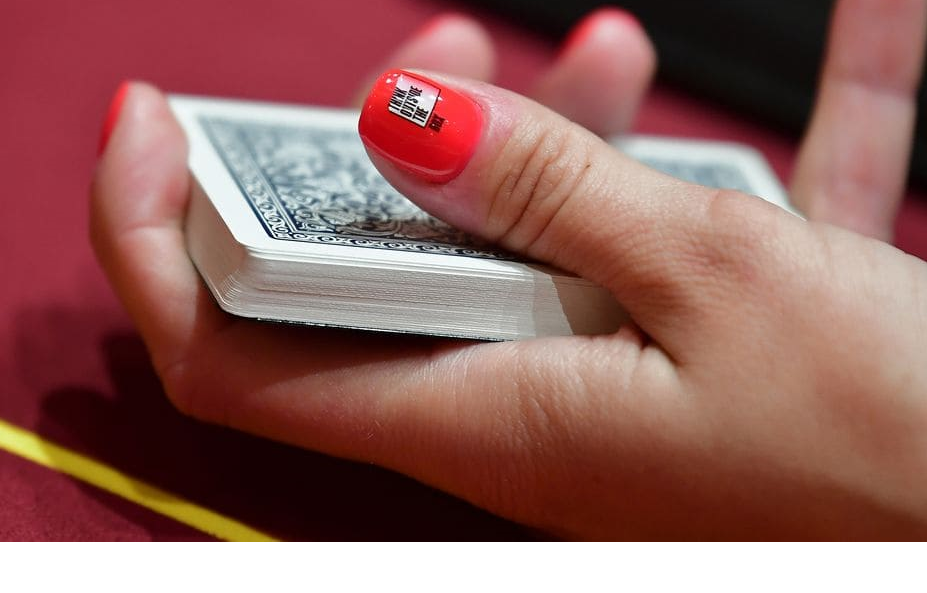The evolution of poker has seen a lot of change in the last 15 years. Poker has developed into a more complex game, and more and more players are using game theory to influence their strategy. Using game theory can help you to understand your opponent’s play, and make badass adjustments to your own.
Game theory is a mathematical science that examines the interactions of rational agents in specific situations. Originally focused on two-person zero-sum games, the field has been applied to a variety of fields, from logic to ethics to political behavior. There are four basic elements that define a game: the number of participants, the available information at decision points, the payoffs that are available for each outcome, and the actions that are available to each participant.
Game theory can be used to study any type of game. It is a mathematical science, and many of the theories are based on classical games. Some of these include Prisoner’s Dilemma, rock, paper, scissors, and others. In these games, the player who has the highest card loses to the player with the lowest card. Similarly, the player who bluffs will force the opponent to call more often.
Game theory uses the concept of Nash equilibrium to analyze situations. This means that the solution to each situation is a strategy, based on the action that each agent takes. A Nash equilibrium is named after Nobel Prize winner John Nash.
For the purposes of poker, a Nash equilibrium is a scenario where all players make optimal choices. This is especially true when all players are rational. However, the optimum strategy can be found by looking at the situation from a different angle. To calculate the optimal strategy, you must consider all the players’ actions.
The University of Alberta Computer Poker Research Group pioneered game theory mathematics. They used a network of computers to explore the effects of poker strategy on poker play. As a result, they came up with a strategy called Game Theory Optimal (GTO). This strategy focuses on reducing long-term losses.
Since then, programmers have developed algorithms that mimic poker strategy. These programs use game theory to analyze data on professional poker players. They then apply strategies from game theory to the players’ games, and try to make them less predictable. They are often successful, with programmers winning 58% of the time against top human players.
Unlike the classic game of chess, however, poker is far more complicated. Moreover, there is no way for a player to see every flop. Because of this, many weak hands can improve on the river. Therefore, players adjust their strategies to the idiosyncrasies of their opponents.
A good poker player relies on game theory to understand the situation they are in. By using game theory, you can learn how to make badass adjustments to your own strategy, and exploit your opponents’ mistakes. Ultimately, you will increase your odds of winning, and if you can make good adjustments to your own strategy, you can win more frequently.

